So you want to pursue UX design as a career? Are you worried about the future of UX as a discipline or that robots will take your job? Do you want to stay ahead of your competition by eyeing future trends?
If you answered yes to any of these questions, this guide is for you!
In this guide, we will talk about the current situation of UX as a discipline. And, talk about the future trends. We will discuss what will happen to UX in the next five years. Starting with talking about the current scenario of the field, we will examine where UX stands at this point. We will also have a deeper look at its history and how it became one of the hottest trends in the tech world.
We will then introduce you to the 5 trends in UX design that you should keep an eye on. These are the trends/technologies which will have a greater impact on UX design and if you tackle them well, you’ll be a successful UX designer in the future. Ignoring these trends will be a sure-shot recipe for failure because if you can not keep up with these trends, your career as a UX designer will be negatively affected.
After talking about the trends and their impact on UX as a discipline, we will talk about their influences on our economy as a whole. How we would interact and respond to these changes, and what we should do in this scenario.
Table of Contents
Where is UX design now?
Design as a field has come a long way. The advent of ‘user experience design’ just shifted the paradigm. Before the advent of ‘user experience design,’ the design field was considered to be a discipline that added aesthetics to stuff.
It was just limited to designing marketing materials and other creatives that added very little value to the user or the business.
Even though it was considered an important discipline because of its effect on marketing campaigns, the advent of UX design made us realize that design affects everything.
User experience design has evolved to become one of the most important aspects of any business.
Businesses are now digital, and digital businesses need UX designers. They need to develop products that are user-friendly and user-centric.
At this point, there are more than 1 million UX professionals in the world right now, and the number is expected to grow up to 100 million by 2050.
We live in a world where UX design is considered to be a more lucrative career than being an accountant.
The Phases of UX
Nielsen Norman Group summarizes this growth of the discipline in three phases. The PC revolution, the web revolution, and the great media coverage.
The PC revolution referred to the 1980s. It is when the rise of a ‘personal computer’ began. Before which the computers were mostly used by corporations.
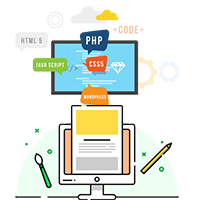
(Source)
The mainframes were used by highly technical staff and therefore were designed for them. But, for personal computers, companies targeted the average consumer.
This resulted in the first boom of UX design as a field. Many designers at Apple and Microsoft were hired to design their personal computers for the average consumer.
Since then, the growth of UX design as a field has never slowed down.
Then, in the 1990s and 2000s, businesses started to go online on the world wide web. This helped the users see their products before purchasing them. This is what they call the web revolution.
Traditionally, people used to see their software/hardware AFTER they had bought it. The worldwide web changed this. Now, people could log into websites and see if they liked the look and feel, the UX.
This puts pressure on the companies to invest more money into the user experience of their products.
After this, the UXers got great media coverage. This is about the period after the 2010s. Also, this is known as the ‘golden era’ of User Experience Design.
This is when more and more people became familiar with the disciplined.
After the pandemic, after the advent of easy-to-use tools like Figma and Adobe XD, the field of UX has expanded to its limits.
Predictions for The Future of UX
Nielsen Norman Group predicts that the profession of UX design will grow by a factor of 100 by 2050. The trend is here to stay.
According to the report, almost 1% of the world’s total population will be UX designers in 2050.
And, with most of the companies adopting remote work as the new normal, we will see a lot of diverse talent as UXers. The fluid work marketplace will also make the workers possess a blend of different skills.
The future of UX designers is versatile skills with diverse experience. We may move from specialists to generalists.
As a forward-looking individual, it is better to look up for future trends in the industry and prepare yourself accordingly. The fact that you’re reading this guide is a guarantee that you care about your career and future.
Even if you do not want UX as a career option, you should be concerned about its future because it affects all aspects of modern businesses. Any business that wants to be successful in 2021 should have an app/website. And, the UX designers are essential for the success of your apps/websites.
If you are an entrepreneur, you will have to interact with UX design anyhow. And, if you think you’re not a good designer, here’s our guide to choosing the right web design company that will help you select the best design team for your next venture.
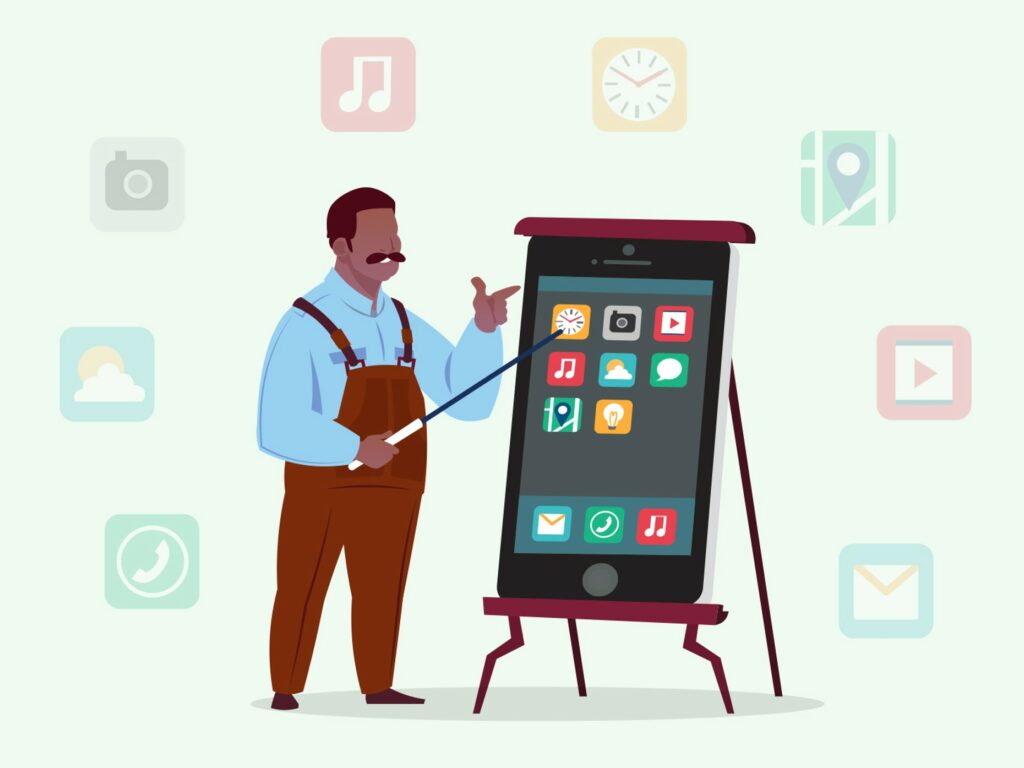
(Source)
5 UI/UX design trends for the next 5 years
Now, let’s talk about the 5 UI/UX design trends for the next 5 years.
More focus on screens and displays
To stay sustainable, UX design needs to adapt to the paradigm shift to mobile-first users. And, the smartphone world is moving at an unimaginable speed. There is a new smartphone getting launched every week.
Talking of the latest smartphones, the area where most of the innovation is happening after cameras and compute power is their displays. The higher brightness, rich colors, and higher refresh rates all enhance the smartphone experience.
Not only smartphones, the laptop and desktop monitors now have the latest specifications.
As the display and screens evolve, the user behavior associated with the aesthetics of the apps will also change.
Therefore, the trend that is going to affect the UX disciplines the most is the focus of users on screens and displays.
The UX designers developing apps aimed at targeting the latest screen resolution and display type will be the winners.
Apart from this, people now have a ton of devices. Laptop, a gaming PC, a smartwatch, and a smartphone – all are now considered to be essentials for tech enthusiasts.
This type of versatile user will demand consistency from the brands. Therefore, the companies that have consistent designs for different screens and displays will be successful.
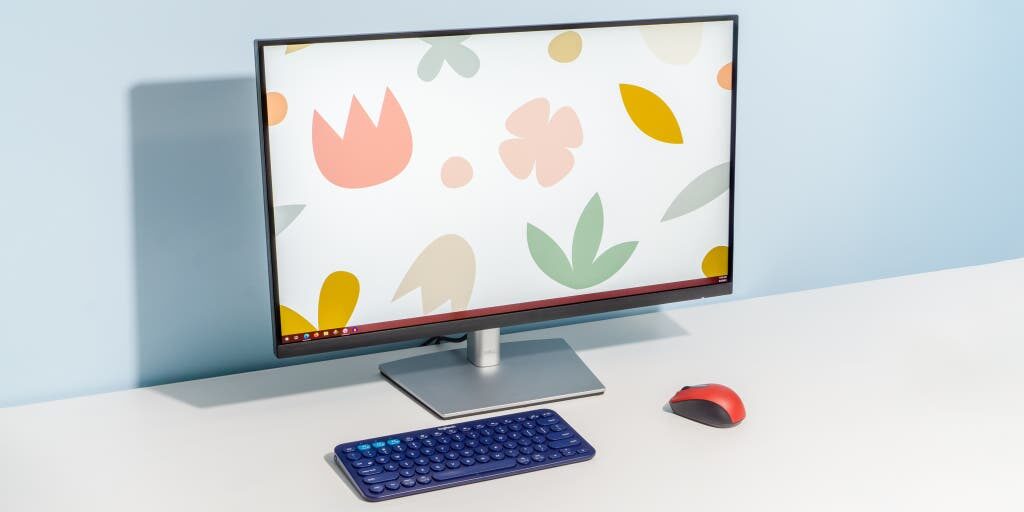
(Source)
Voice over interfaces
With smartwatches and virtual assistant apps getting traction, voice user interfaces are getting more and more important.
Even though voice search and apps that are based on voice commands have a low user base, the growth rate is high.
It is expected to grow and in the future, more and more people will prefer voice-based apps over regular ones.
The pandemic and the safety measures taken by the governments for social distancing will result in more voice-based user interfaces getting developed.
As people and governments start to prefer health and safety measures, we will see few public places that require a human touch – but all of them will eventually shift to voice-based interfaces for greater ease.
We already use voice-based interfaces in our homes with devices like Amazon Alexa, Google Home, and others. But, the adoption will increase and will include ATMs, ticket machines, and elevators to avoid touching stuff.
The design and development of such voice user interfaces are not like the regular ones. It is way more difficult than it sounds.
In normal apps, there is a visual element and it is easier to design a product that already has such popularity.
On the other hand, voice user interfaces are not very popular and people do not consider it an interaction with a machine – they judge it based on human-to-human interaction.
So, to design and develop successful voice user interfaces, you need to make them sound like humans, which is a very difficult task!
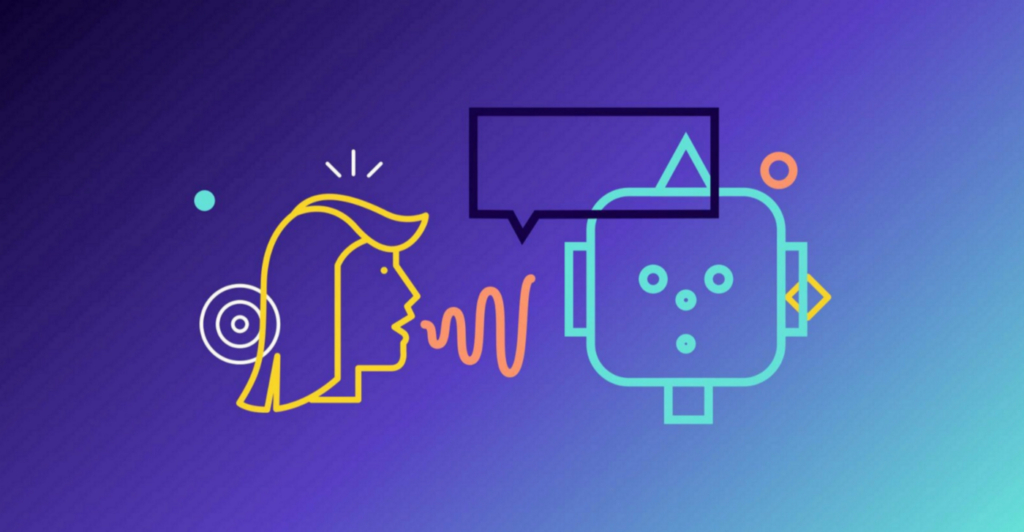
(Source)
The emergence of more competitive roles in UI/UX
With the emergence of new verticals in the field of UX like 3D, AR/VR, and Voice User Interfaces – the competition is getting tough with each passing day.
New platforms and tools are making it easier to develop apps from just mockups and wireframes.
This means the product is more dependent upon the design team than the development team.
The increased importance and dependency will make it challenging for professionals to compete. Because the designers having coding skills will be preferred.
With the advent of AI/ML and other advanced technologies, the job roles in the UI/UX discipline will become more demanding and competitive.
The UX designer of the future will not only have the knowledge of design principles and a grip on visual design tools but also will have to be equipped with the knowledge of app development and deployment.
The UX roles will not only be limited to wireframes and mockups, but they will become the consistent companion of the user like support and maintenance.
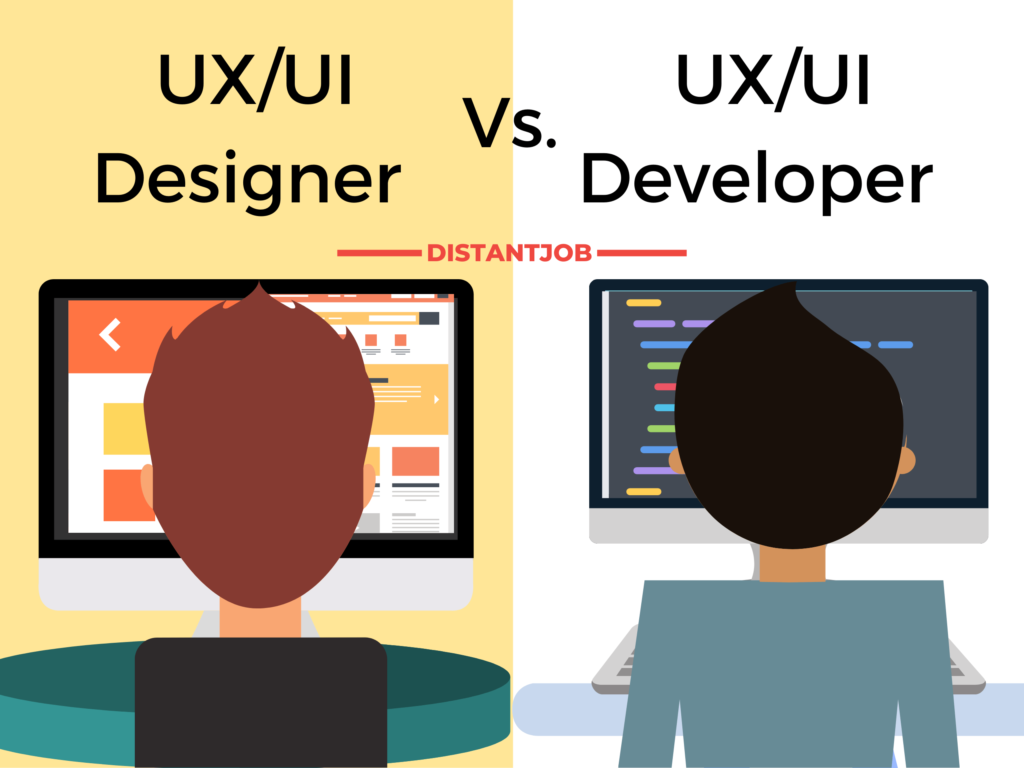
(Source)
VR/AR/3D interfaces
After the pandemic, global or local travel has been halted. Sports, tourism, and other recreational activities are not happening at the same pace.
This urges entertainment companies/businesses to opt for technologies like VR/AR/3D. If people can’t visit a place, they can experience visiting it through a VR headset.
And this massive adoption will not only be limited to recreational companies. Shopping companies like IKEA and Home Depot have already started testing these technologies.
Whether it is partial, mixed, or full Virtual/augmented reality – companies will incorporate these multidimensional designs in their digital products.
From all of the trends, this will be the most disruptive and challenging one. Because AR/VR UX designers not only have to design interactions through touch/voice but gestures and movement as well.
The exciting thing about VR technology is that we can use gestures/glances to interact with objects around us. Designing interfaces for gestures will be the biggest challenge for UX designers.
They will have to deal with more than 2 dimensions and that is going to be difficult. It will not make the development difficult, but the current principles of animation and design will just not work.
We are talking about virtual reality. It’s not just a screen, it’s an environment of its own. The interactions will be different, and the designers will have to deal with these interactions.
The interactions will not be limited to touch or type, there will be gestures, glances, and much more!
This trend will make UX a more exciting and challenging field. And, as it gets difficult, it will become highly paid. The salaries and rates of UX designers will increase as well.

(Source)
AI and ML
This is the concern of every other individual. Will AI take my job? The UX Designers also have the same question and fear.
Every other professional is worried about the same thing. Who on earth wants to lose their jobs to machines? In simple words, the answer is No!
UX is a discipline that does not only create app mockups but solves real-world problems. A successful UX designer has to think like a user and solve the problems that the user might face. Even though AI is a powerful weapon, and it can do pretty much anything that a normal human being can do – even faster!
But, UX needs a human touch. You will always need a human to solve problems that another human might face. The technology will indeed help the designers increase efficiency, but it can not get as creative as a human being.
There will always be problems/issues that only humans can solve. And, until these are there, AI will not take our jobs. The use of AI and ML will enhance the performance of the tools we use to create wireframes and mockups for our apps.
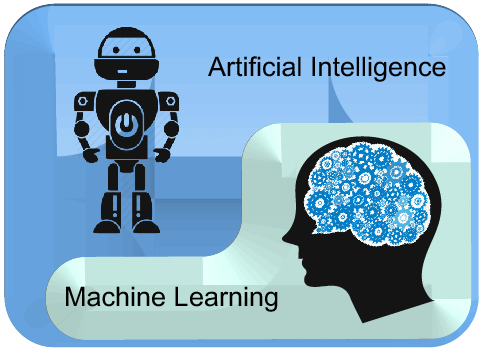
(Source)
Will modern humans be able to adapt to new design technologies?
After talking about all these trends and trajectories, the most important question is will we be able to cope up with such trends? Will we need reskilling or our existing skills are enough for a good career? Will these jobs still exist in the UX design spectrum after all of these AI tools that can create new designs in a minute? How many UX design processes will be automated and how many will still require humans?
The answers to these questions are quite technical and have some ifs and buts. To cut short, AI will not take any jobs, it will only enhance the efficiency of our existing workers.
Instead of creating new problems, these trends will solve a lot of existing ones. We will become independent of the tools and will create solutions that enhance our experience instead of creating solutions that look good on our screens.
The advent of technologies like AR and VR will enable us to live in a three-dimensional world and experience things in a new way.
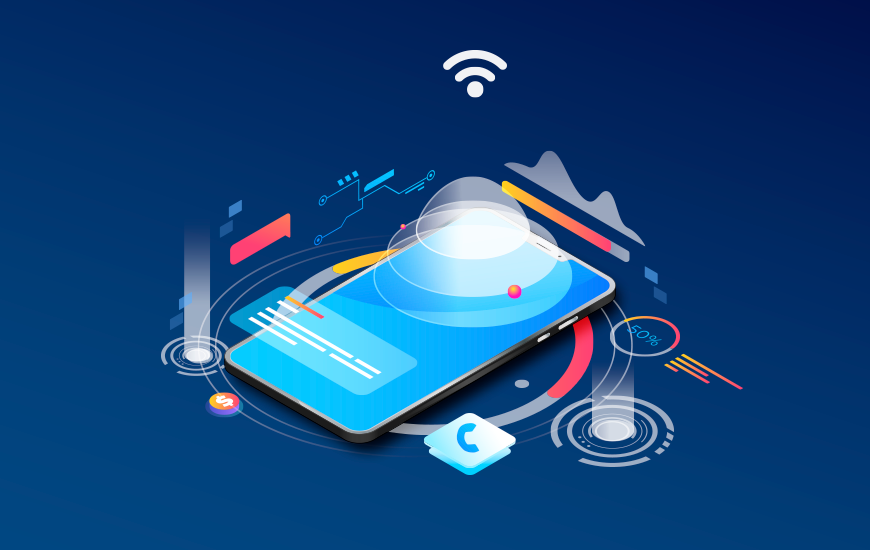
(Source)
Wrapping up
So, to summarize, we can say that the UX design will be around for a long time. In a world of innovative change, things will only change for the better.
UX design will adapt to the paradigm shift on users. There will be a large number of chips that, in a sense, will simplify and at the same time improve our lives. With the advent of artificial intelligence and other advanced technologies, UI/UX job descriptions will become more demanding and competitive.
But, as this consumption will increase, new products will pop up and new markets will be created. New products will still need humans and their creativity.
AI/ML will increase the speed and flow of designers. Tools like Canva and Crello are good design tools, but you still need a human mind to make decisions and create things. Creativity is all about problem-solving, and that cannot be imitated with code. Human problems can only be solved by another human.
Yes, these new technologies will make the job a bit difficult. Designers will have to think in three-dimensional space to create apps for VR/AR. They will have to design interactions such as gestures and glances instead of touch and type interfaces. Voice User Interfaces will also be the next big thing, and designers will have to flex their muscles in the audio space.
The tools will become more sophisticated, intelligent, and fast. Tools powered by AI/ML will help create mockups and wireframes in an instant.
But, this does not mean that there will be no jobs. The jobs’ nature might differ, but the number won’t be affected.
The roles will become more competitive and will require more versatile skills. Employers will look for skills such as problem-solving and creativity more than proficiency in a software tool.
Conclusively, the trends in UX design will shift the paradigm from being tool-oriented and medium-oriented to more user-oriented.
Don't forget, sharing is caring! :)

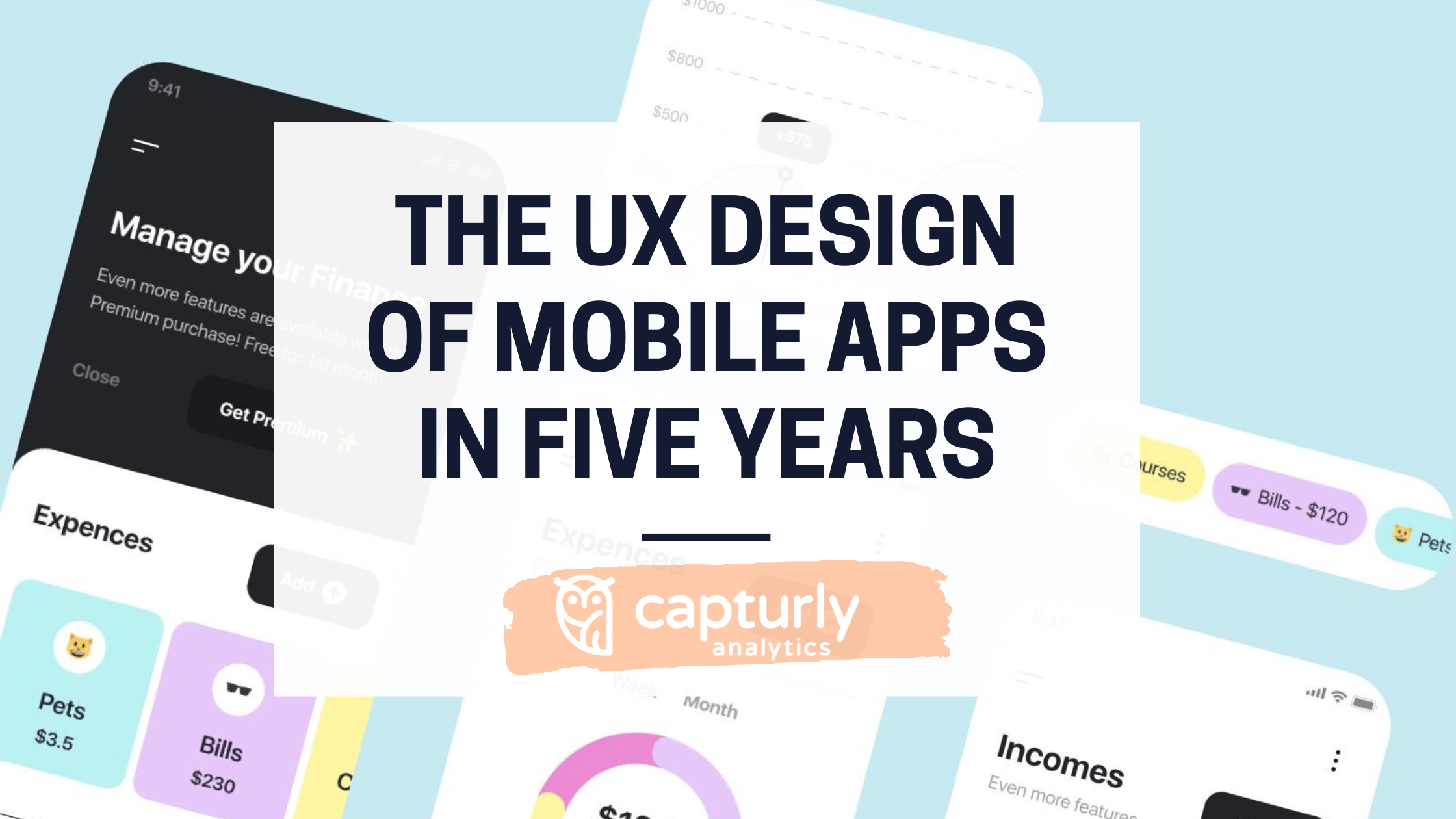
1 Comment
Artsem
2023-06-29 at 12:15Wow, interesting article about UX/UI trends and design, I think AI and ML will contribute a lot in the next years.